It is natural for many to feel nervous about taking a flight. However, when looking at the number of fatalities from air travel, according to Massachusetts Institute of Technology (MIT) researchers, the risk is around one in every 13.7 million people.
Opening up the world for those who want to see
With the COVID-19 dethaw of aviation almost complete, domestic and international air travel demand continues to rise. While some markets will take longer than others, many airlines have used the last few challenging years to reflect, and implement new policies and procedures to improve the overall experience inflight.
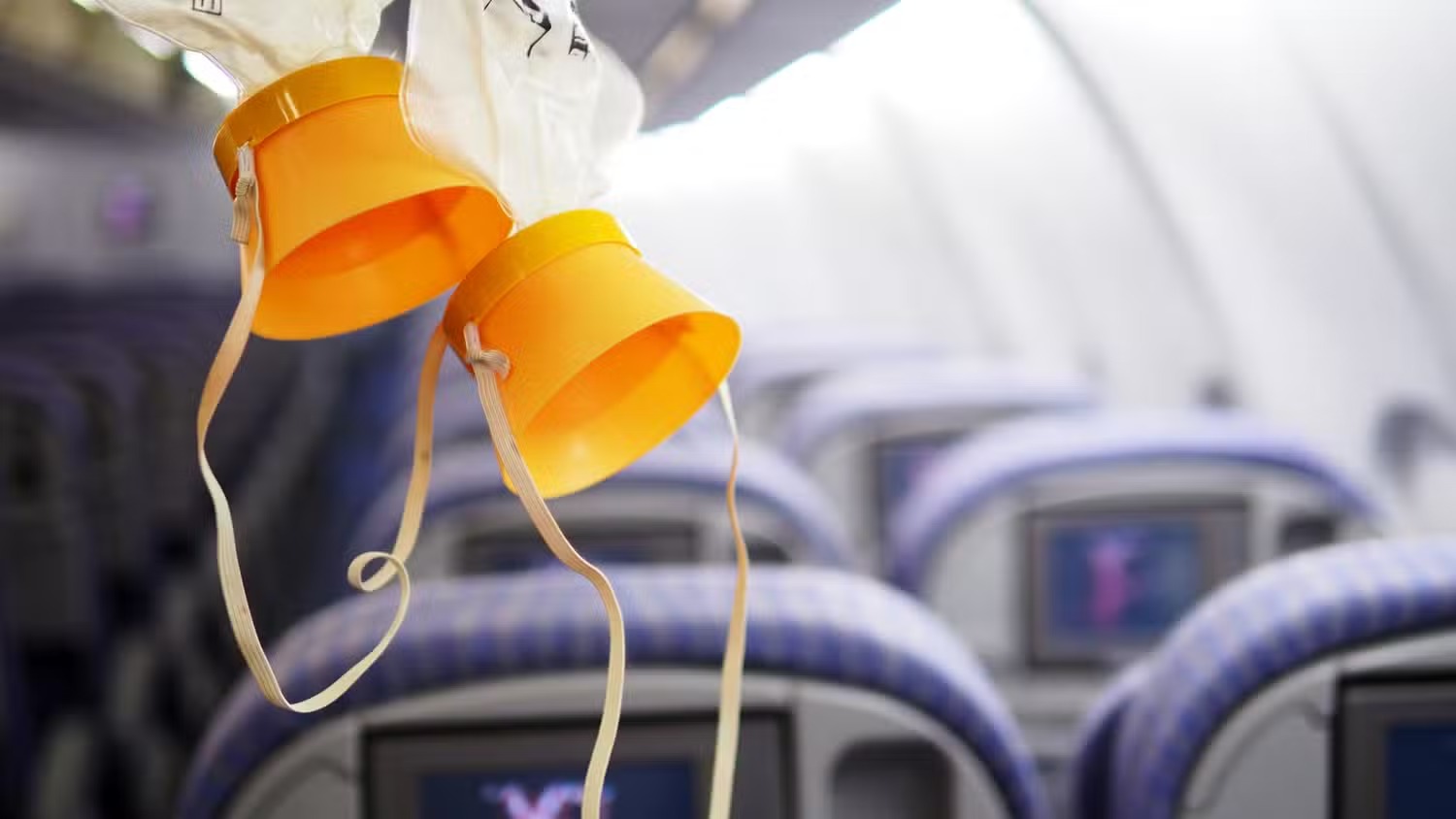
While eliminating all risks is impossible, commercial air travel is safer worldwide. Data from MIT outlined that between 2018 and 2022, fatalities from air travel were one per 13.7 million passengers, compared to 1 per 7.9 million between 2008 and 2017, and a vast improvement from one in 350,000 experienced between 1968 and 1977. MIT shared the chances of fatality from air travel as below:
| Period | Fatality rate |
|---|---|
| 1968-1977 | 1 per 350,000 |
| 1978-1987 | 1 per 750,000 |
| 1988-1997 | 1 per 1.3 million |
| 1998-2007 | 1 per 2.7 million |
| 2007-2017 | 1 per 7.9 million |
| 2018-2022 | 1 per 13.7 million |
Arnold Barnett, who was a co-author of the study and a well-known Massachusetts Institute of Technology professor, commented on the findings:
“Aviation safety continues to get better. You might think there is some irreducible risk level we can’t get below,” adds Barnett, a leading expert in air travel safety and operations. And yet, the chance of dying during an air journey keeps dropping by about 7 percent annually, and continues to go down by a factor of two every decade.”
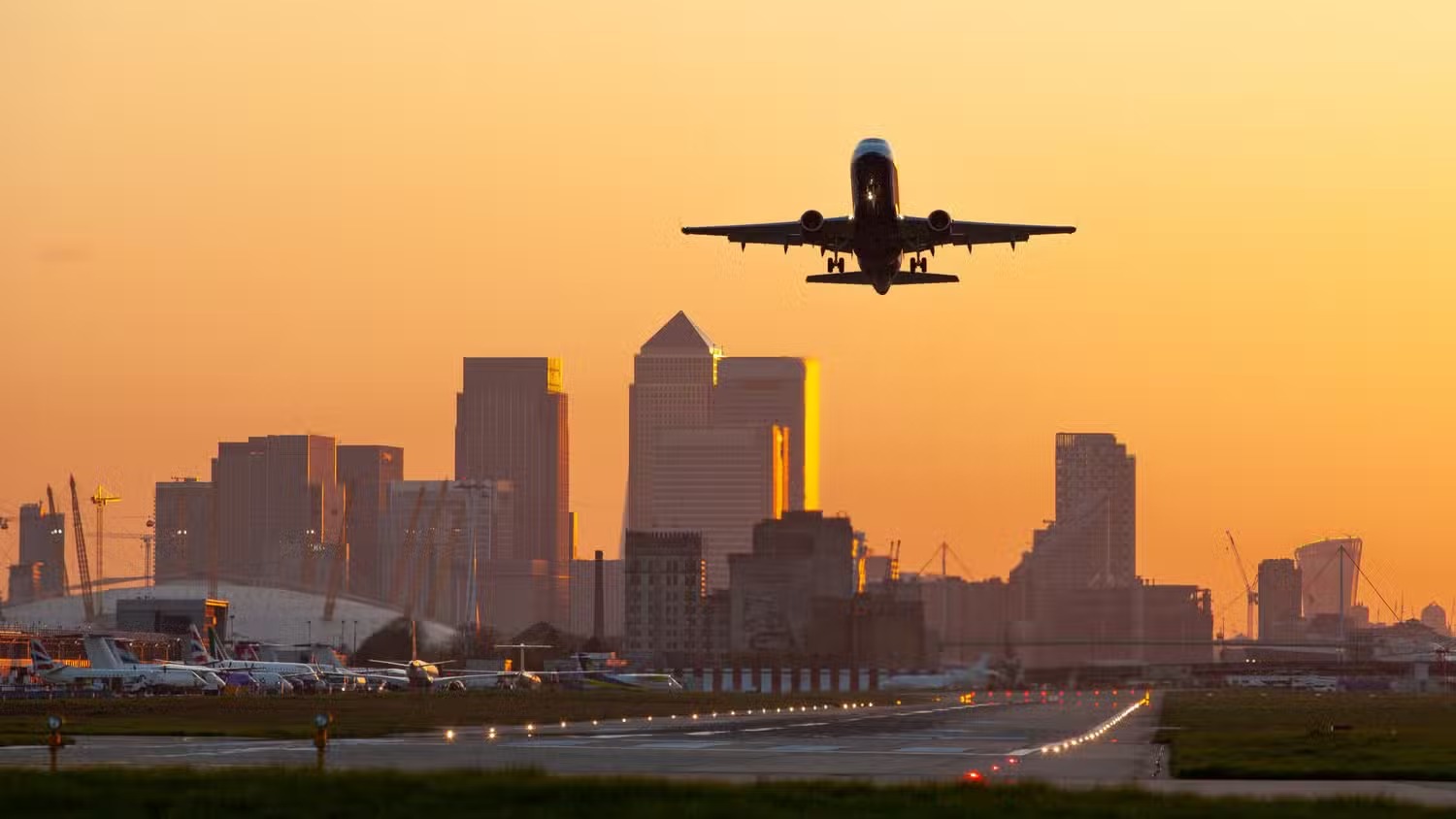
COVID-19 has added a near fear of flying
When analyzing the findings, it was estimated that travel today is around 39 times safer than it was 50 to 60 years ago. The COVID-19 Pandemic , however, has raised another fear of flying: the chance of getting ill onboard or international border closures and being stranded abroad. According to the MIT study, 4,760 deaths were linked to COVID-19 on aircraft between March 2020 and December 2022.
While technology advancements and a raft of new aircraft entering the skies have made strides in operational safety management, their total elimination of risk is unlikely ever to be mitigated. Airlines in the US, which have seen a string of near-collision runways, have surfaced in the media pretty quickly, identifying that airline safety will continue to be a heightened risk.
Investment in technology, which has seen involvement from the US Federal Aviation Agency and NTSB , has developed technological advances to provide collision avoidance systems and in-depth training programs.

It’s safer to fly in different parts of the world than others
Another factor that affects aviation safety is the commercial air safety records for each respective country, which indicate that there are safer places in the world to fly than others. According to a study by Forbes earlier this year, the Top Five Safest airlines to fly were:
- Air New Zealand
- Qantas
- Virgin Australia
- Etihad Airways
- Qatar Airways
The development of improved safety cultures is not incidental; they represent a long-term investment and trend into reflection and investment in various processes and legislation faced by different airlines.
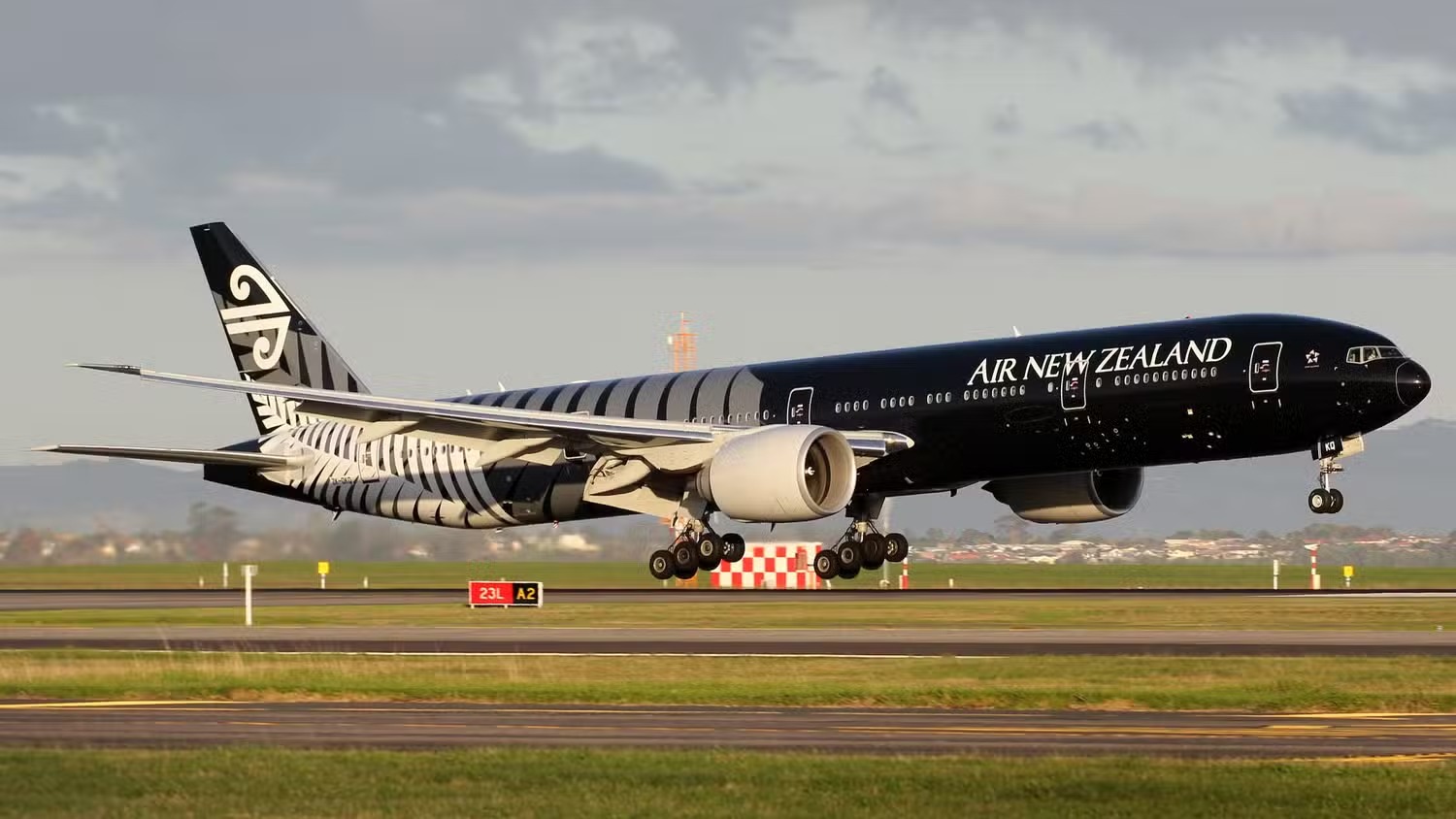
In Europe, the strongest safety legislation requires airlines to adhere to a number of requirements, which has seen the EU, alongside the United States and the United Kingdom, be some of the safest areas to take flight. Other countries worth noting include Australia, Canada, China, Israel, Japan, and New Zealand.
The world’s safest aircraft
- Boeing 787
- Boeing 777-300ER
- Airbus A220
- Airbus A320neo
- Airbus A380
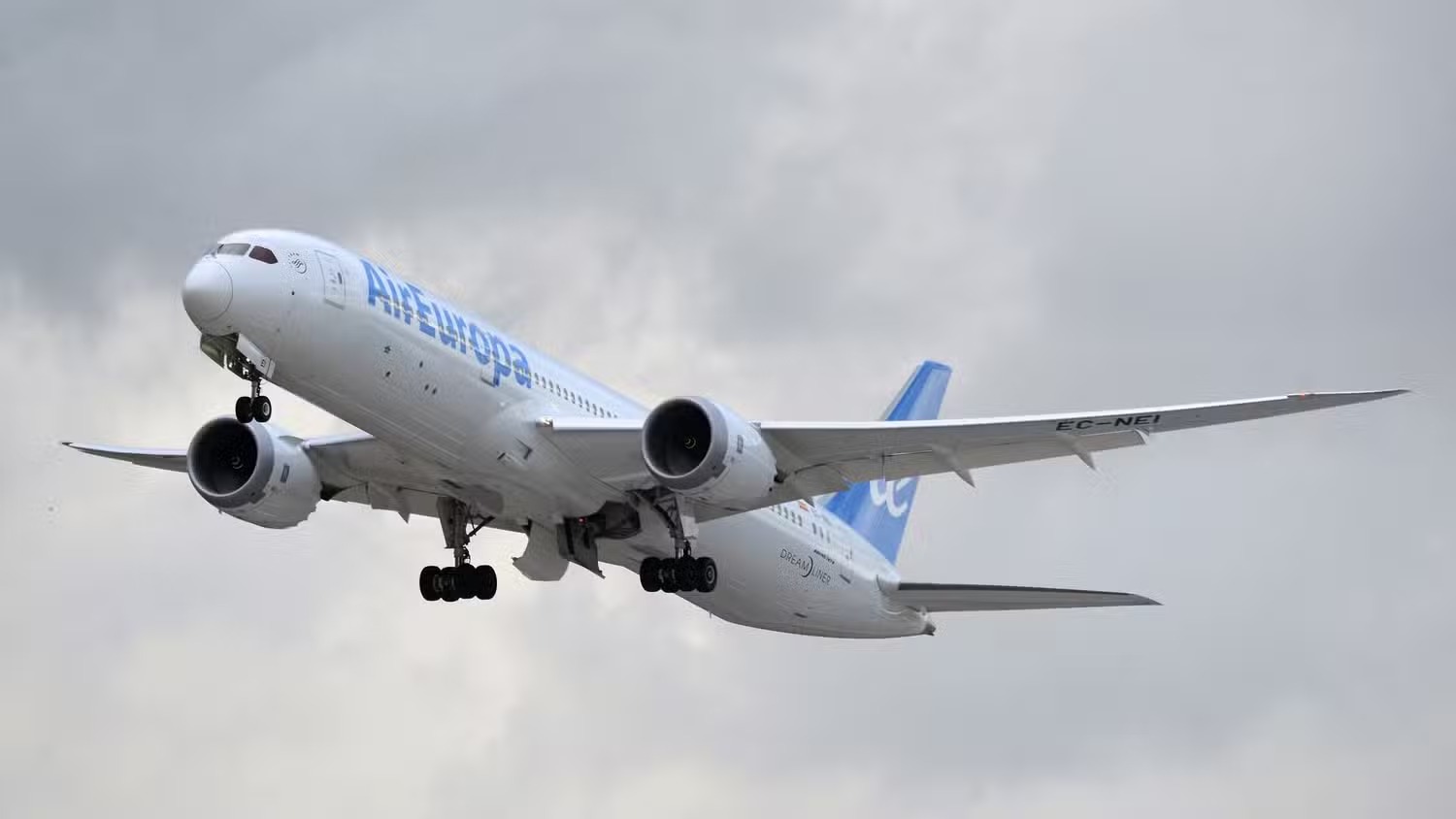
Professor of aviation safety at Florida’s Embry-Riddle Aeronautical University, Anthony Brickhouse, recently shared a study with CNN around aviation safety performance and outlined that it is more likely for you to be harmed driving to the airport than actually flying itself, reiterating that airline travel is the safest form of transportation, noting:
“If you look at the numbers, you’re more at risk of having an accident driving to the airport than you are flying at 38,000 feet. I tell people, if you make it to your flight, the most hazardous part of your day is actually behind you.”
What can we do to make aviation safer?
While our control of aviation safety as passengers can be limited, there are still a number of things that we can do to make our flight the safest possible. This starts with ensuring that you follow all airport and airline personnel instructions, including the safety briefing when onboard.
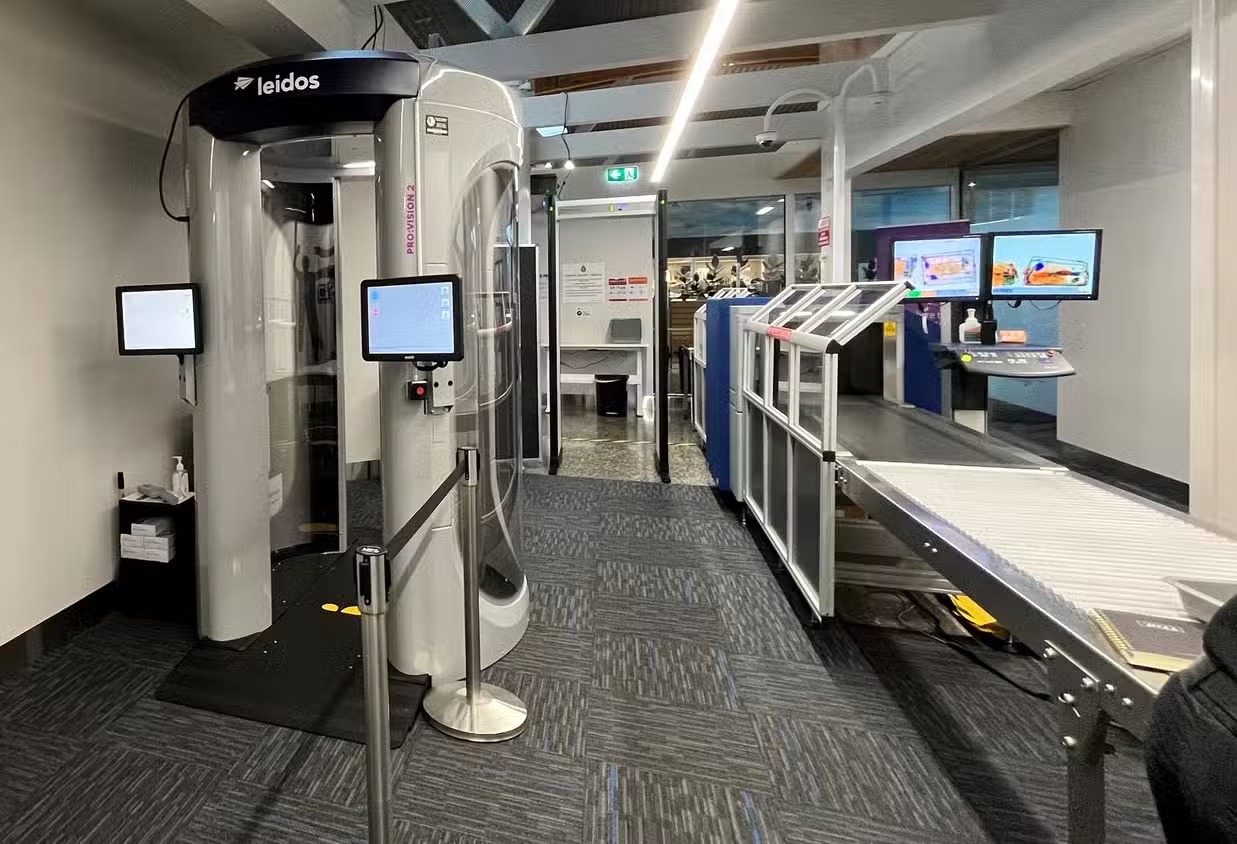
The Federal Aviation Administration outlines several steps that passengers can take to improve safety. These include paying attention to the flight attendant, wearing a seatbelt at all times when seated (even when the seatbelt sign is off), wearing your seatbelt low and tight on the hips (not abdomen), and using child-approved safety seats if your little passengers weigh less than 40 pounds.
Other suggestions include following in-flight carry-on restrictions and checking your airline’s portable electronic device policy.
Source: Simple Flying
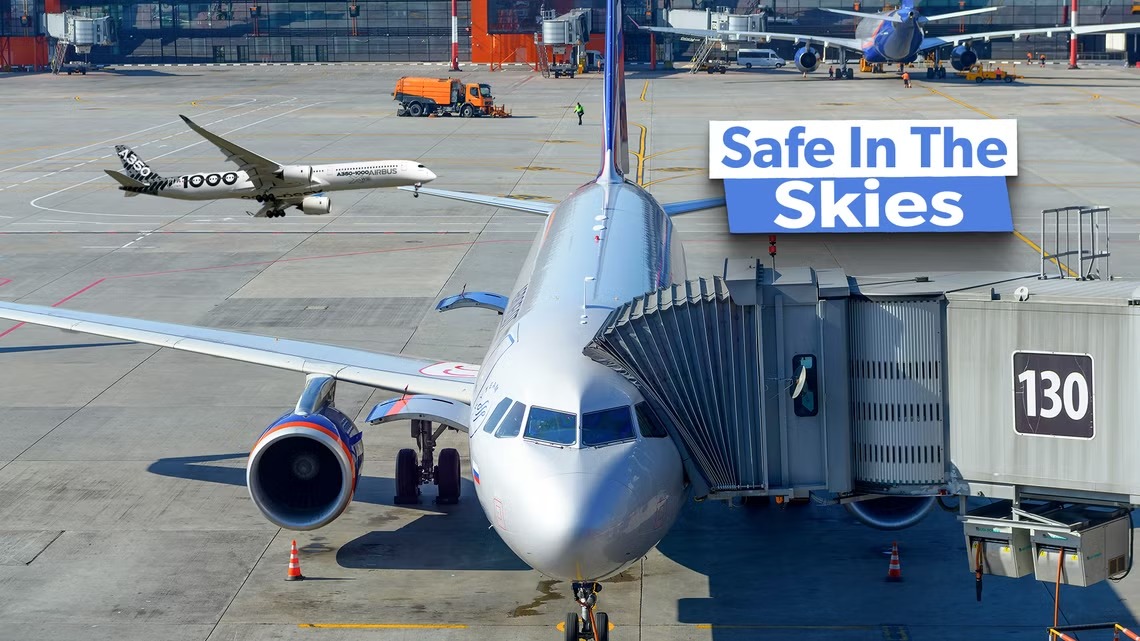
Warning: Illegal string offset 'cookies' in /home/u623323914/domains/eng.bayviet.com.vn/public_html/wp-includes/comment-template.php on line 2564